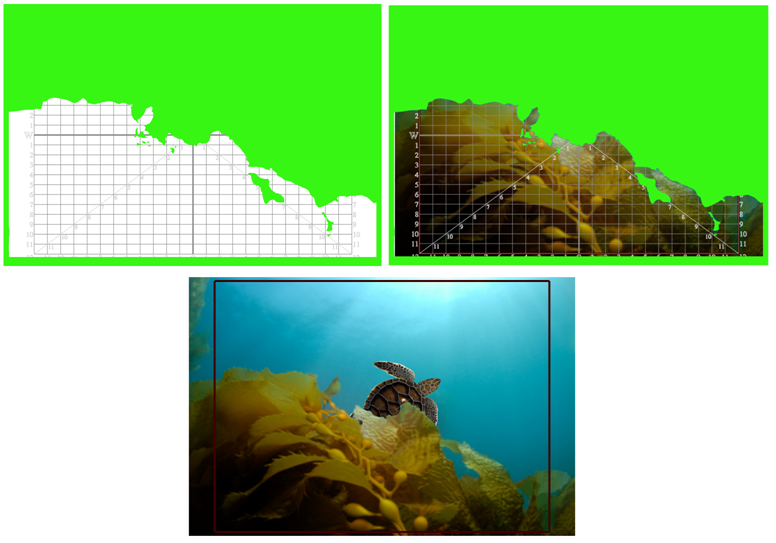

This rapid "fluttering" of the gain level distorts the waveform, which is usually undesirable. Thus the gain will start to reduce as the peak level rises, then will start to "release" (return to normal gain) between one peak and the next. If there is a very low note, say below 100 Hz, then the time from one peak to the next may be longer than the "hold" time. However, there is a problem if the limiter responds too quickly, and this is most noticeable when processing bass instruments. Usually you would want the gain to return back to normal pretty quickly after the peak has passed because you normally only want to limit the peaks and then return back to normal as quickly as possible. The "Hold" time is how long (in milliseconds) the gain remains at the reduced level before returning back to normal. When applied heavily, the effect is similar to a "Fuzz Box" effect.īasically, a limiter reduces the gain (negative amplification) when the audio exceeds the "threshold" ("Limit to") level. Soft clipping starts to reduce the peaks a little below the threshold level and progressively increases its effect as the input level increases such that the threshold is never exceeded. Soft Clipping works in much the same way as "Hard Clipping", but is less fierce in that it "squashes" the peaks rather than cutting them Hard clipping may also be useful for producing synthetic signals for scientific purposes. For heavier use of distortion the "Soft Clipping" option may be preferable. Excessive use of hard clipping creates a harsh distortion that is usually unpleasant. Hard clipping may be useful for purposefully introducing distortion on high peaks, for example to add high harmonics to percussive sounds. It just chops off the peaks at the "Limit to" threshold.

Hard Clipping is the simplest method for reducing peaks. Where the input level (after applying optional input gain) exceeds the threshold, an equal amount of negative gain is applied so that the peaks never exceed the threshold. Hard Limit makes no change to the audio until the peaks reach the "Limit to (dB)" threshold. Soft Limit (default) progressively reduces the gain as the amplitude of the waveform approaches the "Limit to (dB)" threshold and prevents the waveform from exceeding that level.


 0 kommentar(er)
0 kommentar(er)
